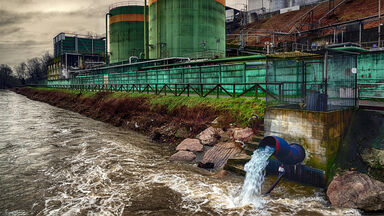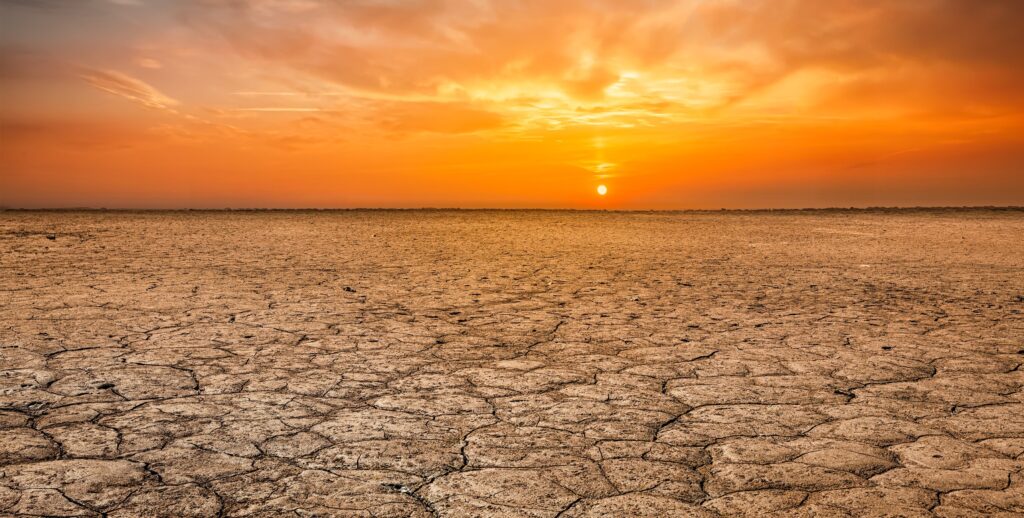Thermal pollution is the presence of environmental contamination that affects the physical environment. Increased temperatures that are above the usual range are a sign of this phenomenon. It has a negative impact on all of nature.
A “thermal cap” has emerged as a consequence of the urbanization of numerous territories. The primary sources of this sort of pollution are emissions of air heated to extreme temps into the environment. The hydrosphere is also harmed by the discharge of heated wastewater into water intakes. The emergence of the warming of the planet is linked to the degree of thermal pollution.
Types of repercussions that can occur:
Thermal pollution affects the hydrosphere, atmosphere, and lithosphere, to name a few of its effects. Consider each of these in greater detail:
Effects on the water cycle:
The use of waste to cool condenser mics and turbines in all energy plants is an essential part of their operation. The water is also contaminated by hot liquids from businesses. The water temperature might rise because of an average of seven degrees Celsius as a result of these factors.
The effect on the environment:
There has been a substantial impact on the conditions of the atmosphere due to enormous industrial complexes. Energy, metallurgy, oil refining, and transportation companies exercise the most influence. Gasses are emitted into the atmosphere as a consequence, warming it to 120 Celsius. Consequently, the air gets hotter, and the flora and life in the vicinity of these places suffer tremendously.

Soil damage as a result of the impact:
Increased subsurface communication between factories and homes is the primary cause of Earth’s temperature increase.
Industrial companies have a major impact on the ecosystem, thus cautious attention is needed to minimize their detrimental impact.
Effects of human activity on nature:
Pollution of the oceans results in the extinction of all marine life. Because the saturation of liquid with oxygen reduces as the temperature rises. Oxygen dissipates slowly and in small amounts in warm water. A significant quantity of carbon dioxide & hydrogen sulfide accumulates in the water as a result of industrial emissions establishments, as well. Water blooms are connected with the development of blue-green algae in these conditions. Plankton graze on green algae, but their activity prevents the growth of these beneficial organisms. Fish are the worst hit by rising temperatures because they have a hard time adjusting to the new conditions.
Heat islands have formed as a result of increased cloud formation, air movement vertically, increased precipitation, and increased humidity due to atmospheric pollution. Thermal pollution is often characterized by changes in local climate.
Toxic pollution of the Earth’s lithosphere leads to a rapid proliferation of heat-loving species of plants that inhibit all other taxa that are not acclimated to sudden temperature fluctuations. In the meadows, woodlands, and outskirts of cities there is life that is negatively impacted by thermal pollution. The agricultural land’s productivity is rapidly deteriorating.




